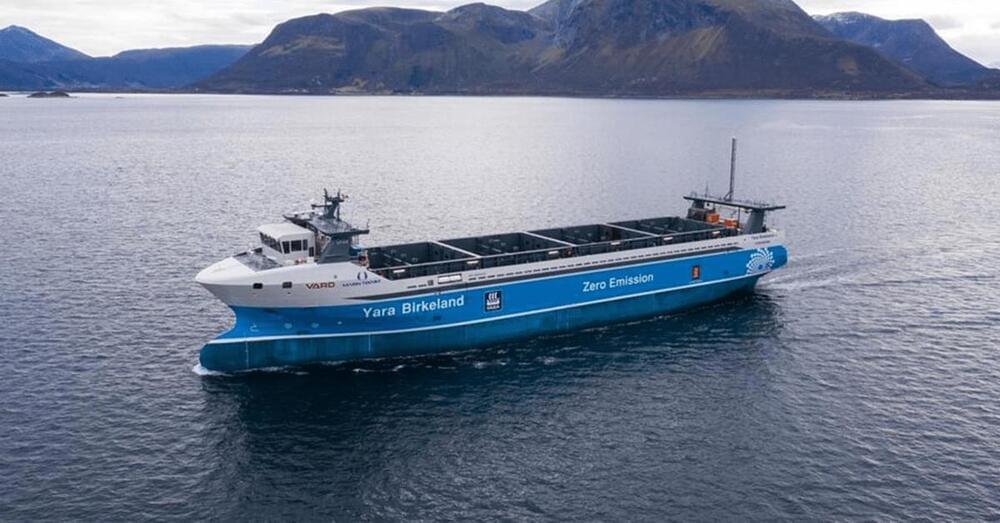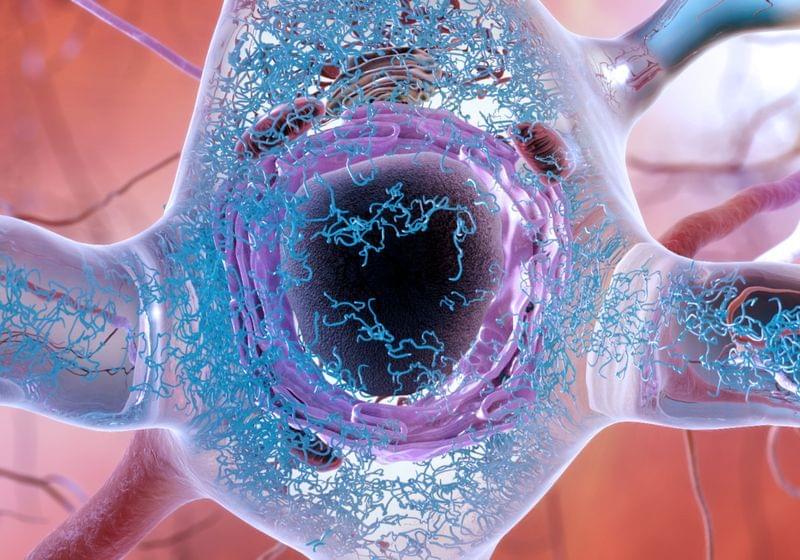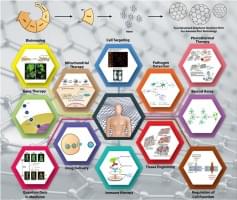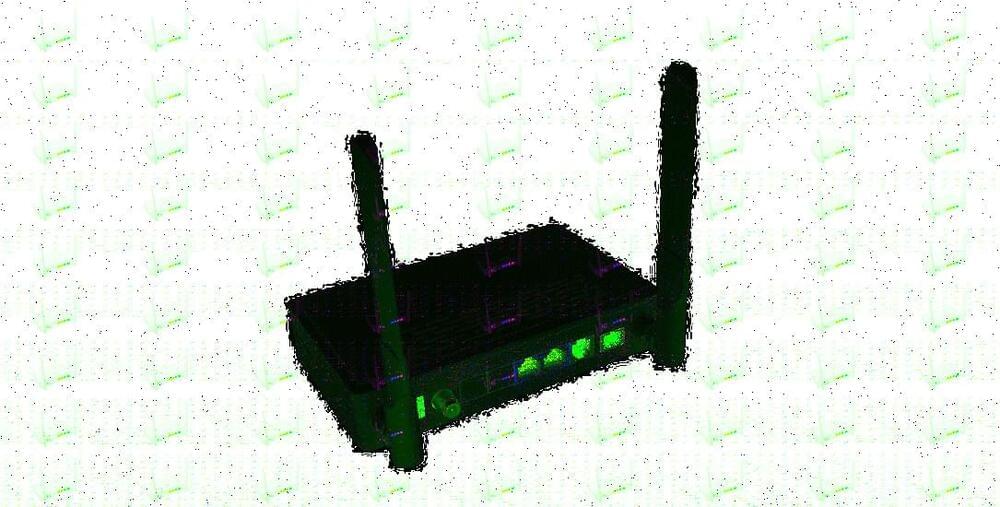A Norwegian company called Yara International claims to have created the world’s first zero-emission ship that can also transport cargo autonomously. The Yara Birkeland electric cargo ship was first conceptualized in2017but now looks to make its first voyage with no crew members onboard later this year in Norway.
Yara International is a Norwegian company that was founded in1905to combat the rising famine in Europe at the time. The company created the world’s first nitrogen fertilizer, which remains its largest business focus today.
In addition to its perpetual battle against hunger, Yara focuses on emissions abatement and sustainable agricultural practices. While the company wants to continue finding success in feeding the planet, it believes it can also do so sustainably.









